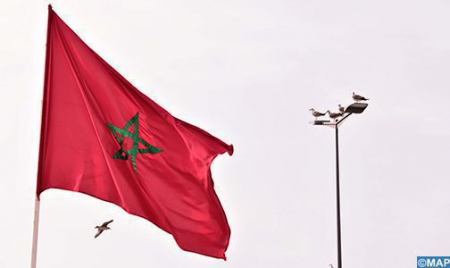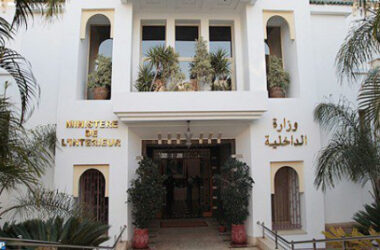The kingdom has already established itself as a leader in renewable energy in Africa and wants to strengthen cooperation with its European neighbors, including the UK, the daily reports, stressing that Morocco could become a key partner for London in the race towards carbon neutrality.
Renewable energy already accounts for 40% of Morocco’s installed power generation capacity, and the country aims to reach more than 50% by 2030, the leading daily reports, pointing out that the country has around four gigawatts of installed renewable energy capacity, thanks to a combination of solar, wind and hydroelectric projects.
Asked by the publication about this ambitious target, the Minister of Energy Transition and Sustainable Development, Leila Benali, said she was “convinced” that Morocco would reach its goal, adding that “this is part of a dynamic that began two decades ago, in line with the vision of His Majesty King Mohammed VI.”
In addition to a mega-project to generate solar power in the Ouarzazate region, Morocco is also planning to harness the Saharan sun using conventional solar panels, the newspaper explains, pointing out that these can produce three times more electricity in the North African country than in the UK.
Wind farms designed to harness the desert’s hot gusts and hydroelectric power stations complete the range of Moroccan renewable energy projects, the same source adds, noting that Europe will be one of the main export markets for Moroccan electricity.
In addition to two electricity interconnections and a gas pipeline between Spain and Morocco that cross the Strait of Gibraltar, there are larger projects under consideration, including one that could create a direct link between Morocco and the United Kingdom, according to the British media.
This is the Xlinks project, which could generate 10.5 gigawatts of electricity from solar panels and wind turbines across 930 square miles in western Morocco. It would then transmit 3.6 gigawatts of electricity directly to the UK via a 2,300-mile undersea cable running along the Spanish and French coasts before landing in Devon,” the newspaper said.
The project, which was cited in the British government’s recent ‘Powering up Britain’ strategy, would be capable of powering seven million homes, or 8% of the UK’s electricity needs, the newspaper adds.










